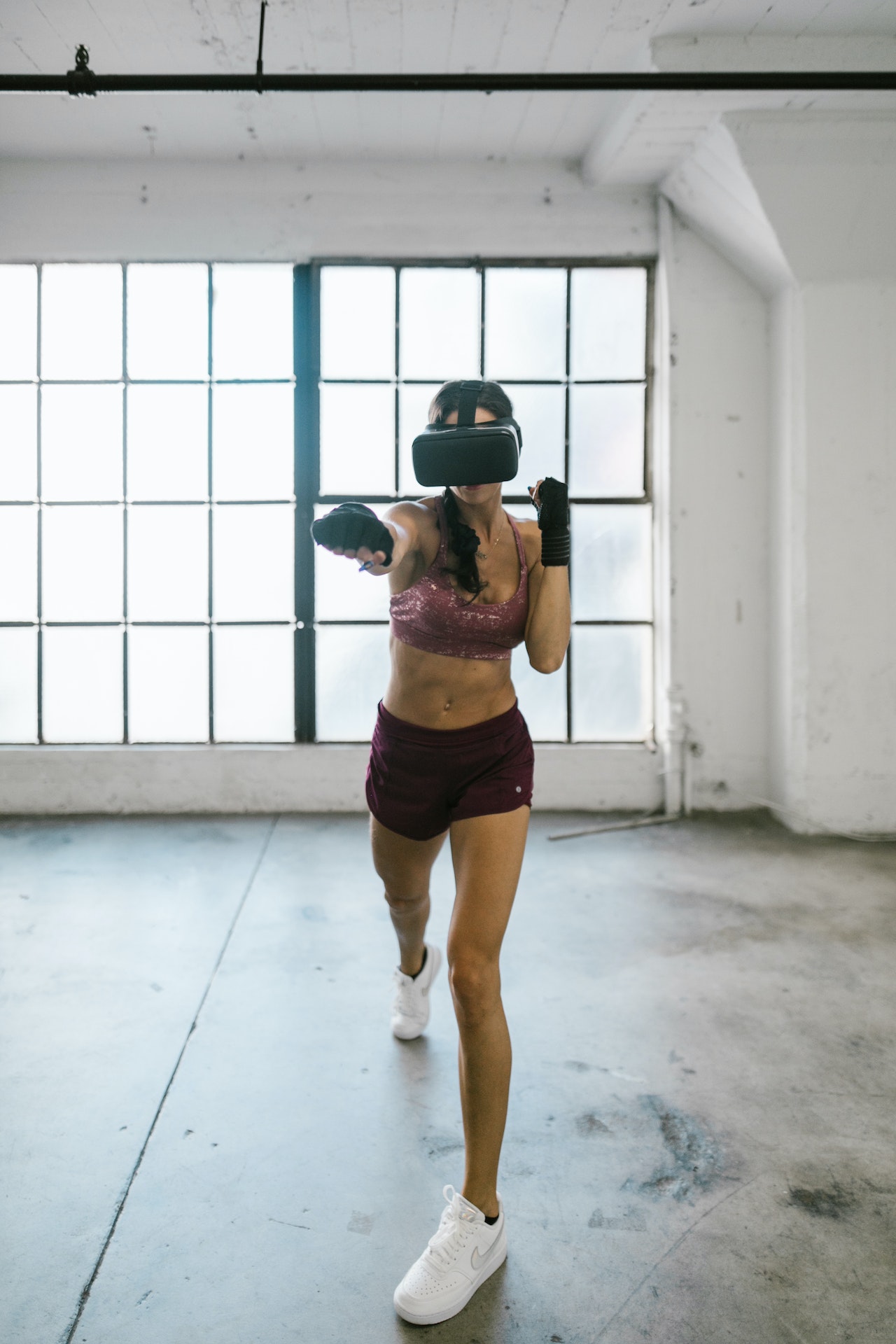Virtual reality (VR) has been undergoing a revolution in the last decade. It has ventured from the realms of science fiction into the living rooms of gamers around the globe. However, a pressing question that has come to the fore revolves around the VR controller options available. Despite the innovations and advancements in VR technology, we are still heavily reliant on cumbersome handset controllers that often disrupt the immersive experience VR aims to provide.
The immediate and intuitive alternative that comes to mind is the VR gloves, devices equipped with sensors to track hand and finger movements accurately. These devices could easily simulate the feeling of eight unique buttons by merely touching different fingertips to your thumb. A potential leap in immersion, VR gloves could seamlessly integrate the users’ hands into the virtual environment, adding a hefty dose of ‘R’ to the VR.
Moreover, the technology to enhance these gloves with haptic feedback already exists, further elevating the user experience. More deluxe versions could even incorporate force-feedback resistance, offering a premium feel for those willing to pay extra.
So why then, in Q3 of 2023, are VR gloves not part of the mainstream VR bundles? Is it a technological limitation, or is there another factor at play? Let’s explore.
- Cost of Production and AffordabilityAs with many cutting-edge technologies, cost is a significant factor. Producing VR gloves that accurately track movement, provide realistic haptic feedback, and are durable enough for extended use, is a pricey affair. In the current market, third-party VR gloves cost anywhere between hundreds to thousands of dollars, making them a steep purchase for the average consumer.
- Technological ChallengesWhile it’s easy to envisage an ideal VR glove, the reality of creating one is much more complex. Achieving accurate finger tracking, not to mention the addition of haptic and force-feedback systems, requires precise engineering and advanced technology. As of now, the few available models often compromise on one or more of these aspects.
- Physical ConstraintsEnvisioning a VR glove with a USB cable running down each arm, joined to the cable from the headset to the PC, may not sound too daunting. However, the reality of managing additional cables during gameplay could potentially hinder the overall experience, and may not be as comfortable or practical for extended use.
- Lack of StandardizationAs of now, there’s no standard protocol for VR hand tracking, which means each VR glove manufacturer is left to develop their own proprietary solution. This could lead to compatibility issues with different VR games and platforms, further limiting the practicality of adopting VR gloves as the default controller option.
The vision of VR gloves seamlessly integrating our physical movements into virtual spaces is certainly an enticing one. The ability to use our hands just as we do in reality, within a game or application, promises a level of immersion and interactivity currently beyond reach. Despite the hurdles, the technological progression is on the right track. However, we might still need to wait a little longer for VR gloves to become a mainstream accessory in VR gaming.













